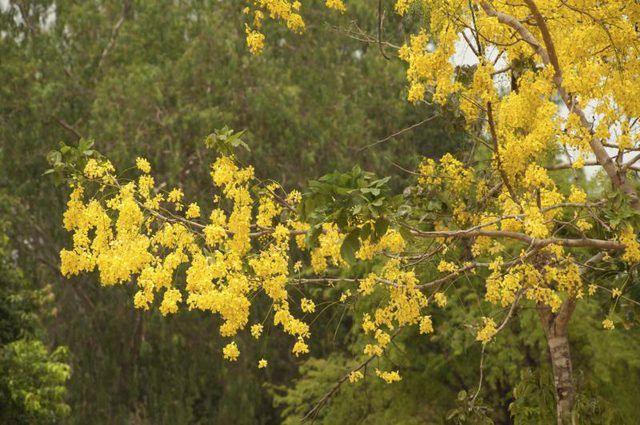Bulbs
Flower Basics
Flower Beds & Specialty Gardens
Flower Garden
Garden Furniture
Garden Gnomes
Garden Seeds
Garden Sheds
Garden Statues
Garden Tools & Supplies
Gardening Basics
Green & Organic
Groundcovers & Vines
Growing Annuals
Growing Basil
Growing Beans
Growing Berries
Growing Blueberries
Growing Cactus
Growing Corn
Growing Cotton
Growing Edibles
Growing Flowers
Growing Garlic
Growing Grapes
Growing Grass
Growing Herbs
Growing Jasmine
Growing Mint
Growing Mushrooms
Orchids
Growing Peanuts
Growing Perennials
Growing Plants
Growing Rosemary
Growing Roses
Growing Strawberries
Growing Sunflowers
Growing Thyme
Growing Tomatoes
Growing Tulips
Growing Vegetables
Herb Basics
Herb Garden
Indoor Growing
Landscaping Basics
Landscaping Patios
Landscaping Plants
Landscaping Shrubs
Landscaping Trees
Landscaping Walks & Pathways
Lawn Basics
Lawn Maintenance
Lawn Mowers
Lawn Ornaments
Lawn Planting
Lawn Tools
Outdoor Growing
Overall Landscape Planning
Pests, Weeds & Problems
Plant Basics
Rock Garden
Rose Garden
Shrubs
Soil
Specialty Gardens
Trees
Vegetable Garden
Yard Maintenance
How to Trim Cassia
How to Trim Cassia. Cassias (Cassia and Senna spp.) provide showy, brilliant yellow flowers in nearly any season, depending on the species. Members of the bean family, conspicuous seed pods follow the flowers. Cassias usually need minimal trimming, mostly to keep plants within size. Schedule pruning based on the growing cycle of the species,...

Cassias (Cassia and Senna spp.) provide showy, brilliant yellow flowers in nearly any season, depending on the species. Members of the bean family, conspicuous seed pods follow the flowers. Cassias usually need minimal trimming, mostly to keep plants within size. Schedule pruning based on the growing cycle of the species, pruning them while dormant or just after they've finished blooming.
Pruning Guidelines
For most cassias, hand pruners can do most of the work. For cassias that can become trees and have thicker branches and more height, you may need long-handled loppers. Before any pruning job, wipe the tools with a cloth soaked in rubbing alcohol to prevent disease spread. If you are pruning more than one plant, clean the pruners between shrubs. Clean the pruning tools again before you put them away.
Train as Trees
Treelike cassias need training when young. Golden shower tree (Cassia fistula), which grows in U.S. Department of Agriculture plant hardiness zones 10b through 11, reaches 30 to 40 feet tall. For a tree, select a single trunk during the second year it's in place, cutting off other stems. Prune the side branches back to the trunk below the developing canopy. Shape the canopy into a uniform crown, cutting back longer or drooping canopy branches to shape a uniform crown. For street trees, continue to prune off the lower branches as the tree grows. Prune in summer after the tree finishes flowering. A smaller plant that grows in USDA zones 9 through 11, desert cassia (Senna polyphylla) grows 5 to 8 feet tall. It can also be trained into a small tree. Time its pruning in late spring, because it flowers in late winter to early spring.
Restrain Size
Some tropical cassias have fast, sometimes straggly growth, so pruning is needed to size and shape them. Popcorn cassia (Cassia corymbosa) bears spikes of bright yellow flowers below blackish flower buds during its first year, allowing its use as an annual in cold winter areas. Growing in USDA zones 9 through 11, it can reach 25 feet tall. It can bloom almost year-round in warm winter climates, so time cutting it back when you won't mind missing some repeat flowering. Cut the stems back to just above a leaf. Another vigorous shrub with somewhat lax growth, Argentine cassia (Senna corymbosa) grows to 10 feet wide and 8 feet tall in USDA zones 8 through 11. It produces abundant flowers in mid to late summer, so prune it in fall after bloom is finished.
Remove Damage
Most cassias are damaged by temperatures near or below freezing. If cassias are damaged by cold, wait until after the freezes are over to assess how much of the plant is actually dead. When the danger of frost has passed, evaluate the plant and remove any dead branches, cutting back to green, living tissue that shows no trace of brown inside the stem. Cut the branch back to just above a leaf or where a leaf occurred. If the new branches are too thick, thin out the weakest branches for even growth.
Minimize Pruning
Shrubby cassias, such as the Australian species that grow in western and southwestern drought-tolerant gardens, are best handled with minimal pruning. The Arizona Municipal Water Users Association recommends allowing each plant sufficient room to reach mature size with pruning only to remove dead wood or thin growth. Examples are feathery cassia (Senna artemisioides), which has finely divided silvery-gray leaves. It grows in USDA zones 9 through 11. Silver leaf cassia (Senna phyllodinea) has sickle-shaped silvery leaves and grows 6 feet tall and wide in USDA zones 8b through 11b. Avoid shearing these shrubs.